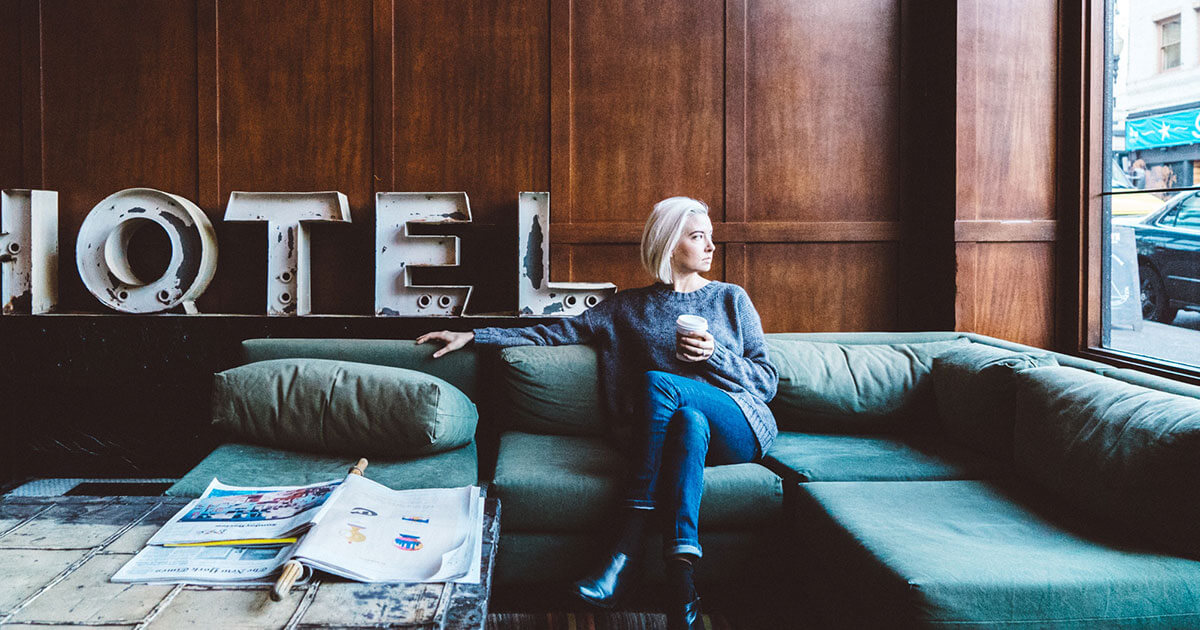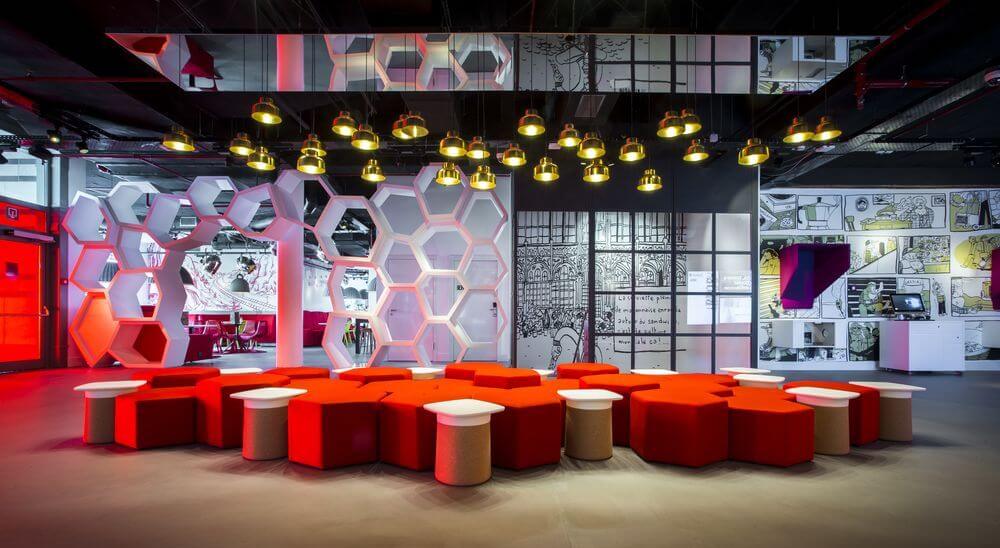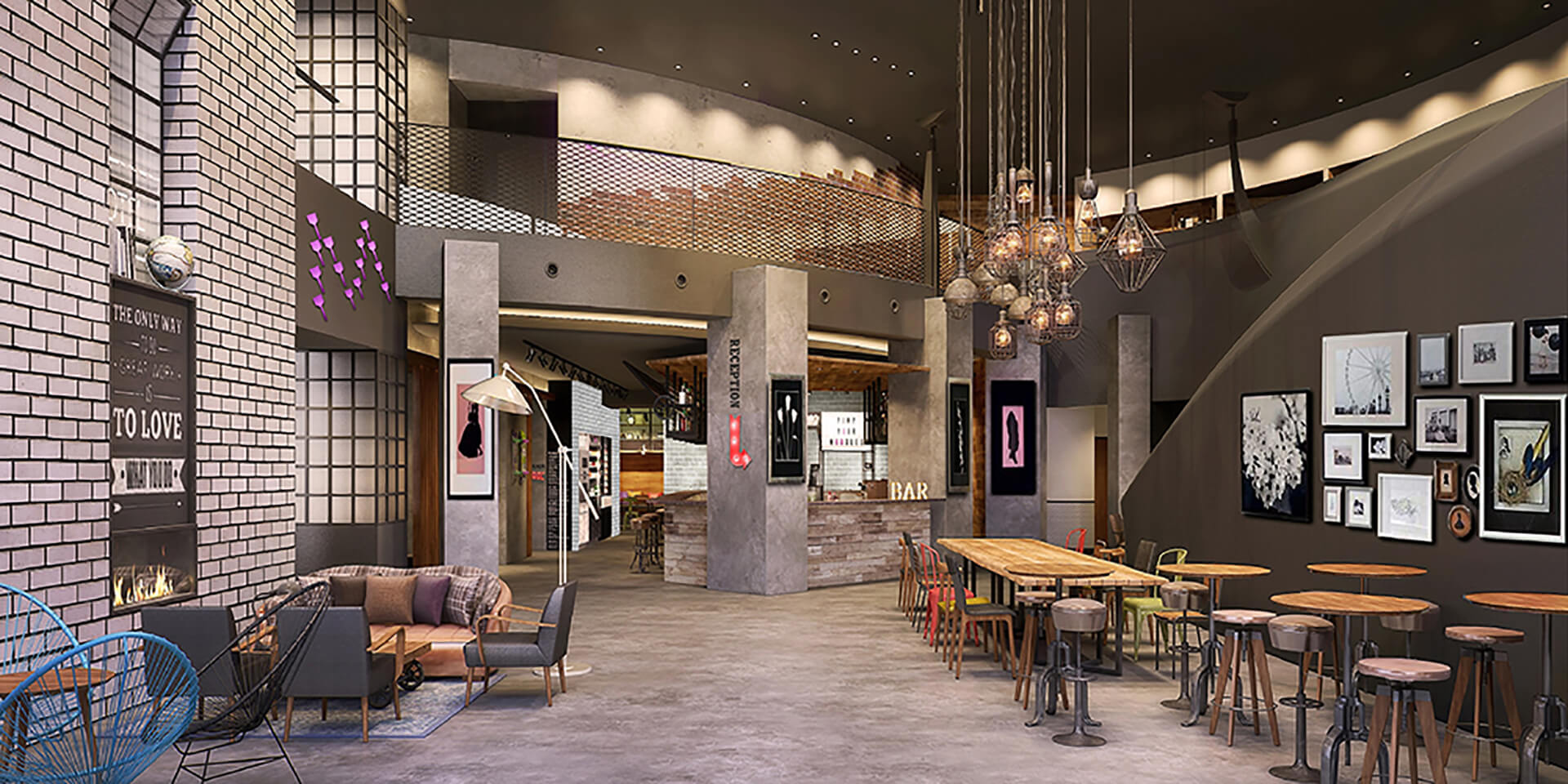
The travel industry is constantly evolving to keep up with the latest trends and desires of travelers worldwide. More and more, travelers are looking to personalize their holidays and to fully immerse themselves in the fabric of the destination they choose; ultimately, they are looking for unique experiences that also make them feel at home. The rise of the sharing economy, expanded localization offerings, and the increase of social media marketing have shaped current hotel trends. And perhaps there is no demographic that illustrates the preference for these trends more than millennials. Last summer, we published a blog post on the travel patterns of millennial business travelers. We drew from our research that overall, millennials are primarily interested in unique experiences that blend business and leisure, and they value technology and convenience in their bookings. These findings are also true for leisure travelers, who are looking for a chance to connect with the local scene in a personalized fashion. Hoteliers have taken note and are diversifying their offerings to attract more millennial travelers. Two hotel brands, in particular, are ahead of the curve when it comes to the personalization concept and are poised to redefine the hotel experience for this burgeoning group of travelers.
Radisson RED
In 2015, the Radisson Hotel Group introduced Radisson RED, a brand specifically designed to accommodate the millennial traveler. Now operating six hotels globally, Radisson RED focuses on art, music, and fashion and has even created a blog dedicated to showcasing artists from the local area of each hotel. Art pieces in the lobby are thus specifically curated to create an interior design that reflects the local cultural scene.

Each RED hotel features a restaurant with local culinary favorites, as well as a communal lobby space where guests can feel at home. And as technology becomes an ever-increasing part of the travel experience, RED is integrating it seamlessly into their brand. Their RED app offers a quick check-in process and keyless room entry, as well as a convenient guest chat that connects travelers to amenities they need. The app includes everything from restaurant recommendations, to arranging airport transportation.
Moxy by Marriott
Following suit, in 2016 Marriott International introduced Moxy by Marriott which they describe as a “new millennial-focused boutique hotel concept.” Now featuring properties in over 30 cities worldwide, Moxy’s affordable prices, eclectic designs, and all-night socializing spaces attract millennials from all over. The lobby bar offers craft cocktails, while communal spaces are equipped with board games and a well-stocked snack and coffee bar. While rooms are smaller than typical hotel rooms, Moxy’s concept is simple: provide customers with what they want. Through researching guest priorities, they found that the majority of visitors do not use extra closet space, or use an in-room instant coffee maker. Instead, they value spending time in the lobby and taking advantage of complimentary bites and a coffee bar. And of course, the room is always there when they need it along with a big-screen television to stream their favorite media. 
What Can Your Brand Do?
Hoteliers can monitor major travel trends by following travel blogs and publications that predict patterns. Just recently, HotelDesign released its list of major design trends to anticipate in 2019. The shift to more user-friendly technology, lobby areas with a local flare, and personalized entertainment in the form of media-streaming will be the defining trends of new hotel design. Experiential travel is here to stay, and your hotel can rise to the challenge with these best practices: Embrace the Community. Provide an authentic experience by creating a unique lobby atmosphere reflective of the neighborhood. Develop communal spaces that foster camaraderie among travelers, but that also welcome locals as a neighborhood hang out spot. Convenience is Key. A quick check-in process, a grab-and-go snack bar, free Wifi, keyless room entry – all of these conveniences play an essential role in creating an enjoyable experience for your guests. Providing immediate amenities to make their stay comfortable means they have more time to explore their surroundings – and less time to worry about minor inconveniences. Expand Cultural Offerings. Connect your guests with local experiences that enrich their holidays. Partner with local businesses that offer activities such as city tours, cooking classes, and wine tastings. Alternatively, organize these experiences as part of the unique offerings of your specific hotel. Either way, immersing travelers into the community has a positive impact on the local scene and on sustainable travel more broadly. Be Tech Savvy. Being tech savvy is about more than just developing an official hotel app; it is also about integrating social media into the trip experience. In 2018, Expedia produced a deep-dive into the travel behavior of different generations. Their findings revealed that 27% of millennial travelers posted trip ideas on social media to gauge peer opinions. Hotels with picturesque interiors or in popular neighborhoods can build brand awareness through their customers’ social media posts. Hoteliers with their own social media platforms can take advantage of millennial travelers’ extensive research by targeting audiences potentially interested in their brand. As millennials become a larger demographic of travelers, it will be important for hoteliers to offer unique products and experiences in a sea of seemingly endless booking choices. Hotels can remain competitive and fill their rooms by listening to what their target audience wants and planning accordingly to changing global trends.
You may be interested in
GET IN TOUCH
Ready to get started?
Don’t let your brand get lost in the noise. Partner with Koddi to unlock the power of commerce media and transform the way you engage with your customers. Our team of experts is here to help you navigate complexities and develop a strategy that drives results — no matter what industry – in as little as 45 days.